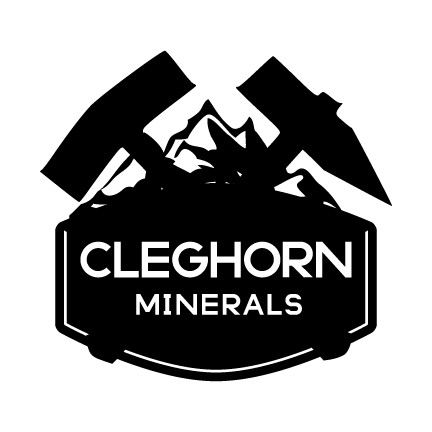- Home
- Projects
CLEGHORN MINERALS
PROJECTS
PROJECTS
THE MEECH LAKE, MATACHEWAN PROSPECT
Northeastern Ontario

The Kell’s (Ni-Cu-PGE) Showing, named after the late, well-known prospector Hugh Kell, was worked through the 1940’s and 1950’s following his discovery of massive sulphides in a fine-grained ultramafic host on the 15th of December 1946. Additional work, much later in the 1970’s, later described the host rock as a dunite that is completely altered to talc + calcite + serpentine (Szetu, 1974; AFRI: 42A02SW0098). It is noteworthy that the dunite, which appears to be finite near the massive sulphide lens discovery, has also been described in drill holes completed along strike (1970’s). Results from sampling in the discovery pit, both from the time of discovery and confirmed by successive programs (including following staking by the vendor) have returned assays in nickel, copper and platinum group elements (SEDAR: 43-101 Technical Report, April 6, 2015; MRB & Associates).
More recent geophysical survey work (2014), including a detailed high-resolution magnetic survey near the discovery pit, outlined several linear, well-defined magnetic features, extending over several kilometres southwest. EM anomalies were detected in a ground TDEM (In-Loop) survey and do not appear to have been tested by any previous programs. Similarly, most of the linear magnetic features are under explored due to overburden cover, and do not appear to have been examined following the original discovery work, nor by subsequent exploration activities. This area of the property will be the initial focus of the upcoming exploration programs to be initiated by Cleghorn.
The Waterhole (Au-Ag-Cu-Zn) Showing mineralization consists of pyrite, sphalerite, and chalcopyrite which occurs as bands and disseminations hosted in sericitized and carbonatized mafic volcanics host rock and associated with NE-trending shear zones. It is of general interest that the calc-alkaline host rocks in the Meech Lake - Matachewan Prospect have been described as part of the Upper Supergroup, which appear to be comparable to the Kinojevis and Blake River Group volcanics in the Cadillac area of Northeastern Québec. Gold, silver, copper and zinc results have been reported, including in drilling in 1974-75, and by the vendor in 1992 channel sampling (SEDAR: 43-101 Technical Report, April 6, 2015; MRB & Associates). The mineralization is not well understood as it may be controlled either structurally and/or by alteration horizons. The area requires further study and warrants additional drilling, and is regarded as a high priority exploration target by Cleghorn.
The East (Au) Showing appears to be a syenite-hosted gold occurrence, generally analogous to many other gold occurrences in the local Matachewan area, including the Young-Davidson and Matachewan Consolidated past producers (part of which is currently in production and operated by Alamos Gold Inc.). Gold assay results have been reported from past programs and will be re-sampled and prospected along strike to the NE, where an induced polarization anomaly has been resolved (SEDAR: 43-101 Technical Report, April 6, 2015; MRB & Associates).
HIGHLIGHTS
THREE MINING CLAIMS SITUATED IN THE ARGYLE, MCNEIL AND ROBERSON TOWNSHIPS, APPROXIMATELY 55 KILOMETRES SOUTHEAST OF TIMMINS, ONTARIO
NI 43-101 COMPLIANT TECHNICAL REPORT DATED APRIL 6, 2015 | MINERAL EXPLORATION HISTORY DATING BACK TO THE 1930s
SOUTH-CENTRAL PART OF ABITIBI GREENSTONE BELT | NI-CU-PGE AND GOLD POTENTIAL IN THREE HISTORICAL MINERAL OCCURENCES
